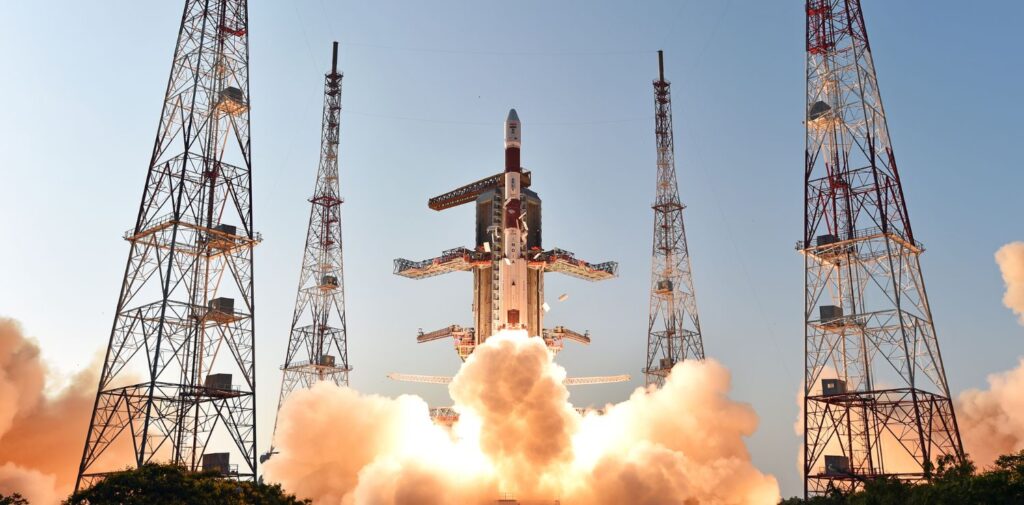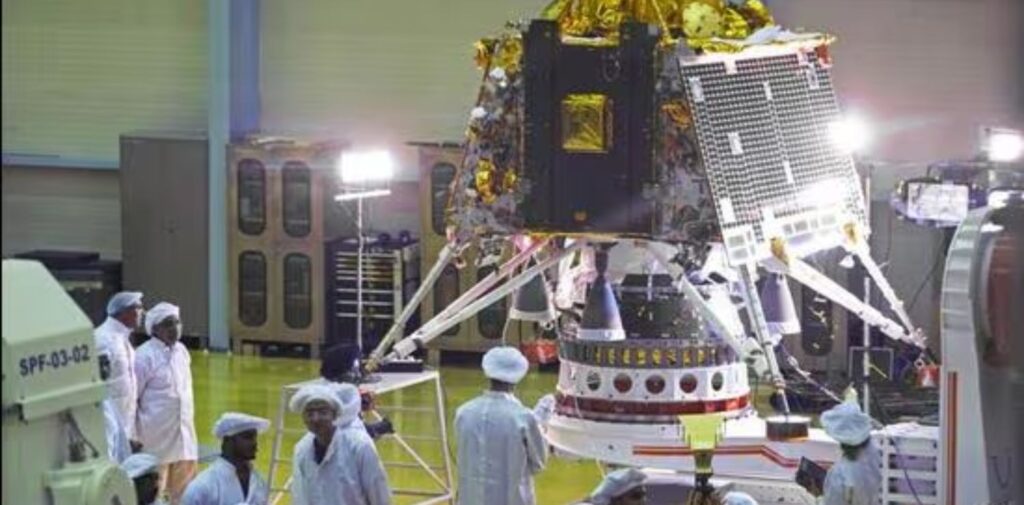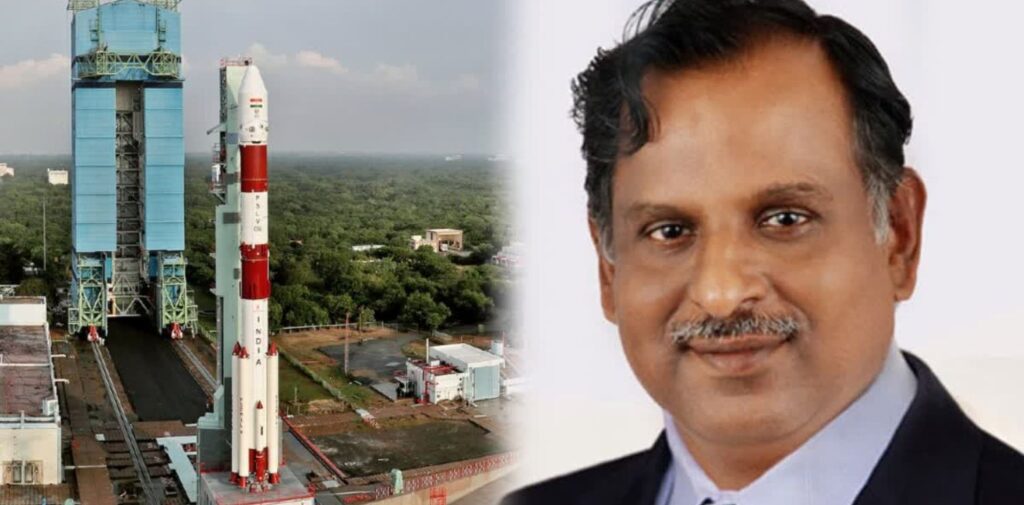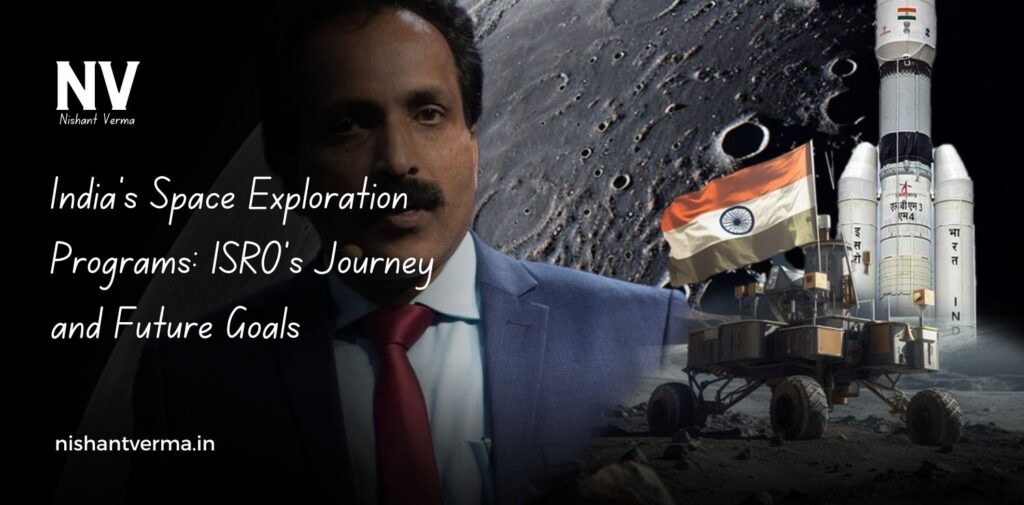India has always been known for its rich culture, history, and technological advancements. One of the biggest achievements of India in recent decades is its space exploration program. The Indian Space Research Organisation, or ISRO, has made India a key player in the world’s space race. With remarkable missions and technological innovations, ISRO has shown that India can achieve great things in space, even with limited resources.
In this article, we will learn about ISRO’s journey so far and what the future holds for India’s space exploration program.

What is ISRO?
Before we talk about ISRO’s journey, let’s first understand what ISRO is. ISRO stands for the Indian Space Research Organisation. It is the organization in charge of space research and missions in India. ISRO was established in 1969, and its main goal is to use space technology for the development of India.
Since its formation, ISRO has made great progress and has achieved numerous milestones. Some of its most famous missions include launching satellites for communication, weather, and defense purposes, and even exploring the moon and Mars. Let’s take a look at ISRO’s journey so far.
ISRO’s Early Years: The Beginning of a Dream
The journey of ISRO began in the early 1960s. Dr. Vikram Sarabhai, often known as the father of the Indian space program, played a key role in starting ISRO. He believed that space research could help India in many ways, including improving communication, weather forecasting, and even agriculture.
In 1963, India launched its first satellite, called Aryabhata, named after the famous Indian scientist. This was a huge achievement for India, as it showed the world that the country was capable of space exploration. Though the satellite was launched from Russia, it marked the beginning of India’s space journey.
In 1975, ISRO launched Aryabhata, India’s first satellite built in India. This was a turning point for ISRO, as it showed that India could not only use space technology but also build its own satellites. Over the years, ISRO developed more and more satellites, each serving different purposes like communication, navigation, and weather monitoring.
Major Milestones in ISRO’s Space Journey
Over the years, ISRO has achieved many significant milestones in space exploration. Let’s take a look at some of the most important ones:
- SLV – India’s First Satellite Launch Vehicle: In 1980, ISRO launched the Satellite Launch Vehicle (SLV), which was capable of sending satellites into space. The first satellite sent using the SLV was Rohini, and this marked India’s first step toward becoming a self-reliant space power.
- Chandrayaan-1: India’s First Mission to the Moon: One of the most exciting moments in ISRO’s history came in 2008 when it launched Chandrayaan-1, India’s first mission to the moon. The mission’s main goal was to study the moon and search for water. Chandrayaan-1 successfully reached the moon’s orbit and sent back important data. It even discovered water molecules on the moon, which was a major breakthrough in space research.
- Mangalyaan: India’s Mars Mission: In 2013, ISRO achieved something that many space agencies around the world struggled to do. It successfully launched Mangalyaan, India’s first mission to Mars. Mangalyaan, or the Mars Orbiter Mission (MOM), made India the first country in Asia to reach Mars and the fourth country in the world to successfully send a mission to Mars. What made Mangalyaan even more special was its cost. The entire mission was completed for just about 450 crore rupees (around 70 million dollars), which was much lower than similar missions by other countries. This showed the world that India could do space research effectively and affordably.
- Chandrayaan-2: India’s Return to the Moon: In 2019, ISRO launched Chandrayaan-2, a follow-up mission to Chandrayaan-1, with the goal of exploring the moon in more detail. Chandrayaan-2 had three parts: an orbiter, a lander named Vikram, and a rover called Pragyan. Though the lander lost communication during its descent, the orbiter is still sending valuable data back to Earth.: Even though the lander didn’t succeed, Chandrayaan-2 was still a significant achievement for ISRO and showed that India was making great strides in space exploration.
- Gaganyaan Mission: India’s First Manned Space Mission: One of ISRO’s most ambitious projects is the Gaganyaan mission, which aims to send Indian astronauts, called Gagannauts, into space. ISRO is working hard to prepare for this mission, and it is expected to take place in the near future. This will make India one of the few countries in the world to send humans into space, and it will be a huge milestone in India’s space history.

Key Technologies Developed by ISRO
ISRO has developed many advanced technologies over the years to make space exploration possible. Some of the key technologies include:
- PSLV (Polar Satellite Launch Vehicle): PSLV is a rocket developed by ISRO that is used to launch satellites into space. It has been highly successful and is one of the most reliable rockets in the world.
- GSLV (Geosynchronous Satellite Launch Vehicle): GSLV is another rocket that is used to launch heavier satellites into space. It is a more powerful version of PSLV.
- IRNSS (Indian Regional Navigation Satellite System): This system helps provide accurate navigation services, similar to the GPS system used by other countries. It is very useful for things like driving directions and helping ships and planes navigate.

The Future of ISRO: Big Goals Ahead
ISRO has many exciting goals for the future, and it is working on a number of new projects to continue its space exploration journey.
- Mangalyaan 2: A Second Mars Mission: After the success of Mangalyaan, ISRO is planning to send another mission to Mars. This mission, called Mangalyaan 2, will explore Mars in more detail, study its atmosphere, and search for signs of life. The mission is expected to launch in the near future.
- Chandrayaan-3: A More Detailed Mission to the Moon: ISRO is also preparing for Chandrayaan-3, which will be another mission to the moon. Unlike Chandrayaan-2, this mission will focus on the lander and rover, as the orbiter from the previous mission is still functional. Chandrayaan-3 is expected to land on the moon’s surface and conduct experiments.
- Gaganyaan: India’s Manned Space Mission: As mentioned earlier, one of ISRO’s most ambitious projects is the Gaganyaan mission, which will send Indian astronauts into space. This mission is a huge step for ISRO and will be a proud moment for the entire country. It will showcase India’s growing capabilities in space technology.
- International Collaborations: ISRO is also working with many countries to collaborate on space research. It has launched satellites for countries around the world and has helped other nations with their space missions. In the future, ISRO aims to continue these collaborations and share its knowledge and expertise with others.
Conclusion
ISRO’s journey from a small space research organization to a leader in space exploration is truly inspiring. With missions to the moon, Mars, and beyond, ISRO has shown that India is capable of achieving great things in space. The future of ISRO looks bright, with exciting missions like Gaganyaan, Chandrayaan-3, and Mangalyaan 2 on the horizon.
As ISRO continues to make progress in space exploration, it will inspire future generations of scientists and engineers in India and around the world. The story of ISRO is a reminder that with hard work, creativity, and determination, anything is possible, even reaching for the stars.



